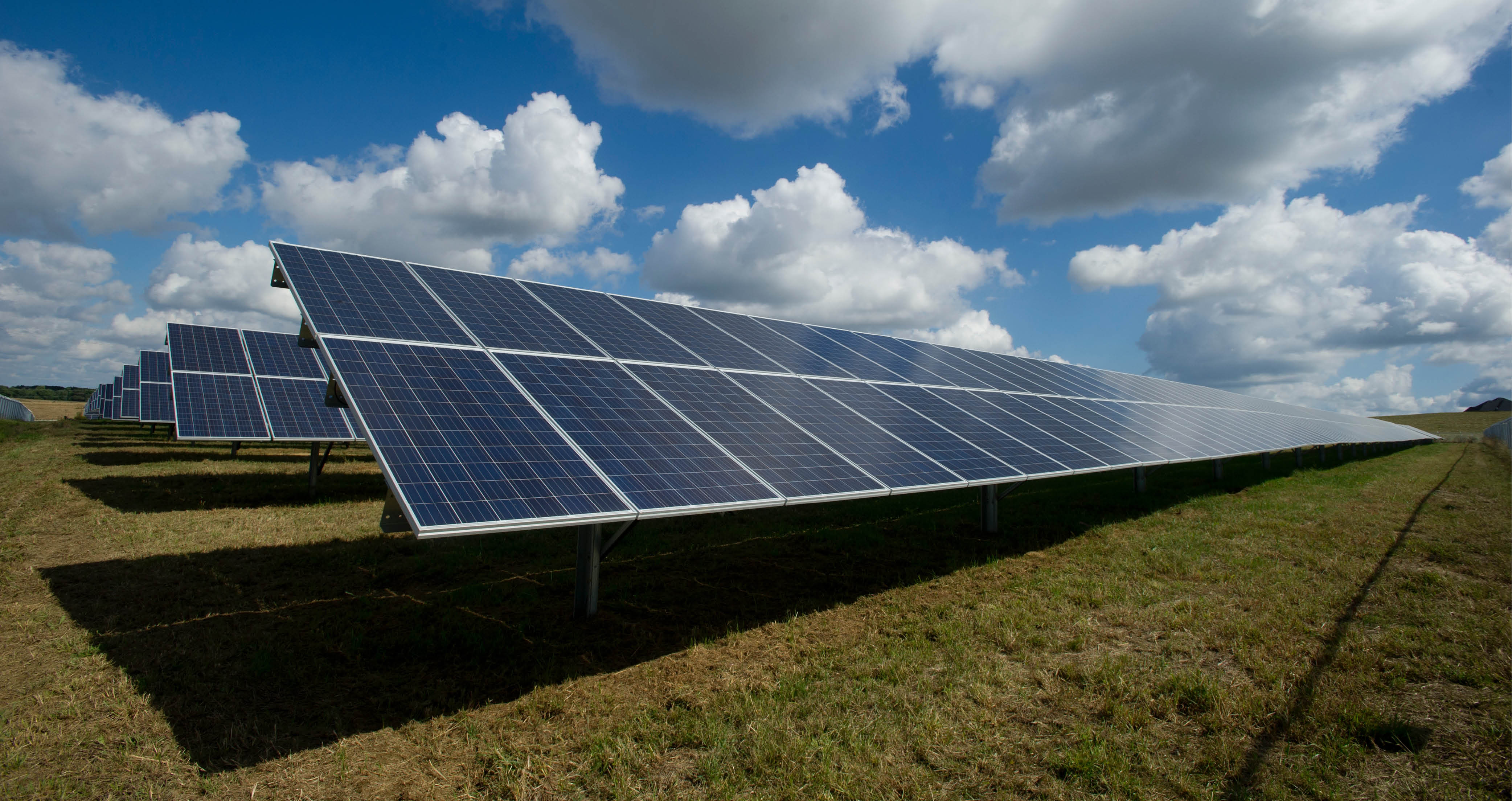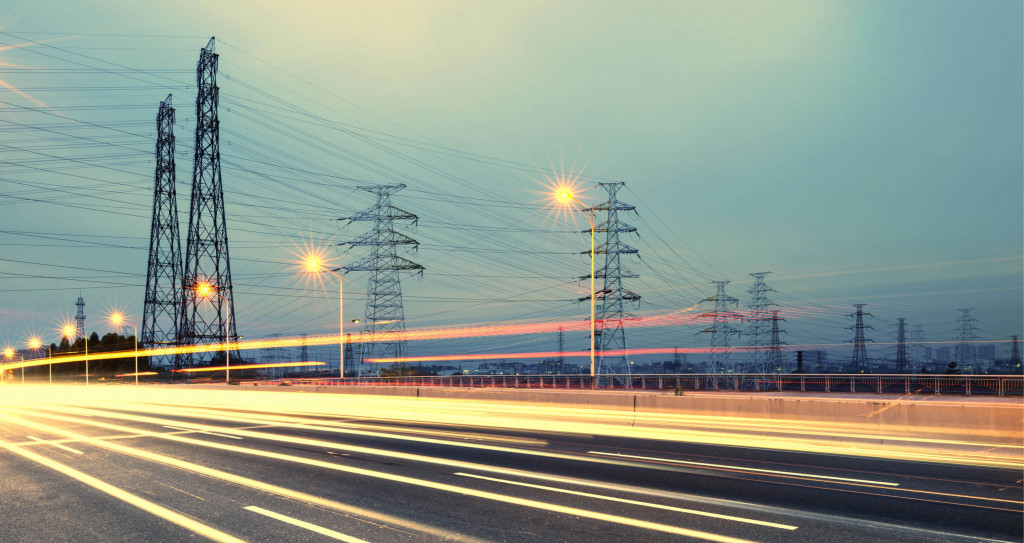5 top trends for power utilities in 2018
Here is our pick for the top 5 trends for network operators in 2018.
-
Data, data and more data
Network monitoring devices, work management systems, remote sensing from drones, incidental data from the IoT…it is all creating huge amounts of data. As devices become smarter and the Internet of Things continues its march as they connect, the deluge of data will continue! It has and probably will continue to overwhelm our ability to manage and interpret it effectively, however the attraction of ‘big data’ means that we stand to benefit if we tackle it head on.

-
Pressure on prices (and budgets)
In a lot of places around the world where we work, consumers are venting their frustration at ever increasing energy prices. Competition and new sources of generation via government policy will only go so far as the focus comes back onto transmission and distribution and the contribution this makes to an energy bill. We think this will continue to increase pressure on network operators to operate more efficiently – with political pressure and regulatory decisions meaning smarter working is the only way forward.
-
Innovate or wither
It seems everyone is talking about ‘innovation’ – suppliers, governments and network operators. Driven by the desire to do things better as well as an underlying cultural workplace shift, we see that the entire supply chain and the operator itself needs to embed innovation in an operating framework. If you aren’t innovating, then you’re already falling behind – and the other trends may overtake you.
-
The onward march of PV and electric cars
Photovoltaics have come down considerably in price and in those places where the sun shines with sufficient regularity, the level of connection on residential and commercial premises is rapidly increasing. This will continue to present challenges in terms of overall energy demand and the increased variability in that demand – complicating network planning and at the distribution level, protection. In parallel, the potential explosion in electric car use will change the demand pattern further, whilst maybe even adding a new source of embedded generation. This presents challenges across the range of voltages and means that it certainly will not be business as usual.

-
Climate change front and centre
The science is sound but the debate rages. Whether or not you agree with the idea of anthropogenic climate change and the projected impacts, it is something we need to deal with. Despite the lack of consistency in national policy, we’ll see a continual push towards greener energy, greener cars and greener ways of operating businesses – all aimed at reducing the amount of warming gasses pumped into the atmosphere. This will impact us in many ways, from the types of generation being connected to the grid (and its variability) through to the need to inventory carbon capture and emissions in business as usual operations. Let’s see where 2018 takes us.
